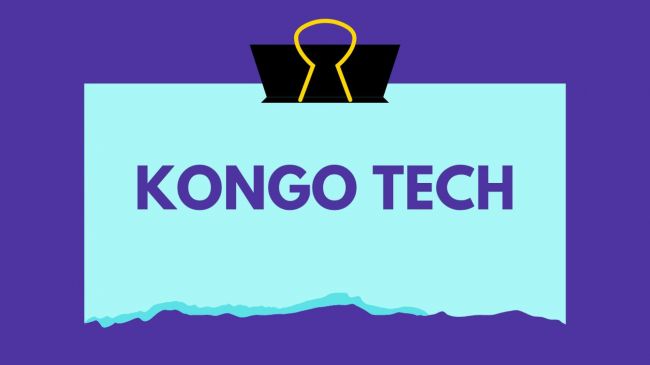Creating SEO-friendly content that ranks well on search engines and converts visitors into customers requires a strategic approach. It's not just about stuffing keywords into your text; it's about producing high-quality, engaging, and valuable content that aligns with search intent.
This is where SEO solutions can be helpful; if you need one, you might want to Contact StudioHawk for more information. Here’s a guide on achieving this balance and maximizing your content’s performance.
Understand Your Audience and Search Intent
Before you start writing, you need to understand who your target audience is and what they are searching for. Consider:
- What problems are they trying to solve?
- What keywords do they use?
- What format of content do they prefer (blog posts, videos, or infographics)?
Using tools like Google Analytics, SEMrush, or Ahrefs can help you analyze search trends and user behavior. For deeper insights into enterprise content strategies, this article explains why enterprise firms are prioritizing SEO now more than ever.
Conduct Keyword Research

Keyword research is crucial for SEO success. Use tools like Google Keyword Planner, Ubersuggest, or Ahrefs to find relevant keywords with good search volume and manageable competition. Include:
- Primary keyword: The main keyword your content focuses on.
- Secondary keywords: Related terms that support the primary keyword.
- Long-tail keywords: Phrases with lower competition that target specific queries.
Optimize Title and Meta Description
Your title tag and meta description play a significant role in click-through rates. Ensure:
- The title is under 60 characters and includes your primary keyword.
- The meta description is under 160 characters, compelling, and includes relevant keywords.
- Your title is engaging and promises value to the reader.
Structure Your Content for Readability
Well-structured content improves user experience and keeps visitors engaged. Follow these best practices:
- Use H1 for the main title, H2s for subheadings, and H3s for smaller sections.
- Keep paragraphs short (2-3 sentences each) to improve readability.
- Use bullet points, numbered lists, and bold text to highlight key points.
Write High-Quality, Engaging Content
SEO is not just about algorithms; it’s about real people. Make your content engaging by:
- Providing actionable insights and solutions.
- Using storytelling and relatable examples.
- Adding relevant images, videos, or infographics to enhance comprehension.
Google prioritizes content that provides value, so focus on depth and originality rather than just word count. Also, beware of the misconceptions around outsourcing SEO. Many myths about white-label SEO are still circulating, and they can hold content marketers back from scaling properly.
Optimize for On-Page SEO
Make sure to incorporate SEO best practices throughout your content:
- Naturally integrate primary and secondary keywords within the first 100 words, in subheadings, and throughout the text.
- Add internal links to other relevant content on your website.
- Include external links to authoritative sources to build credibility.
- Optimize images with alt text for better accessibility and SEO benefits.
Improve Page Speed and Mobile-Friendliness
A slow website can hurt your rankings and conversions. Ensure:
- Images are compressed for faster loading times.
- Your site is mobile-friendly and responsive.
- Use tools like Google PageSpeed Insights to analyze and improve performance.
Implement Call-to-Actions (CTAs)
SEO can drive traffic, but conversions depend on how well you guide visitors toward an action. Use clear and compelling CTAs such as:
- "Download our free guide."
- "Sign up for our newsletter."
- "Start your free trial today."
Update and Refresh Content Regularly
Search engines favor fresh and updated content. Periodically:
- Revise old posts with new data and trends.
- Remove outdated information and broken links.
- Improve underperforming content to boost rankings.
Monitor Performance and Optimize
SEO is an ongoing process. Use tools like Google Search Console and Google Analytics to track:
- Keyword rankings
- Organic traffic growth
- Bounce rates and user engagement
Make data-driven adjustments to refine your strategy for better rankings and higher conversions.
Conclusion
Writing SEO-friendly content that ranks and converts requires a balance between technical optimization and engaging storytelling. By focusing on search intent, keyword research, on-page SEO, and user experience, you can create content that not only attracts traffic but also turns visitors into loyal customers. Keep refining your approach, stay updated with SEO trends, and watch your content performance soar!
Post Comment
Be the first to post comment!





